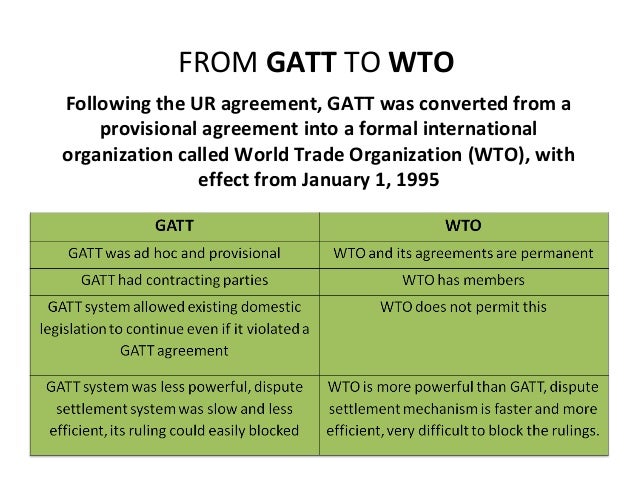

Over the years, Balassa's RCA has received a lot of criticism with improvement effort related to its consistency (ranking bias). The commonly used approach is the Revealed Comparative Advantage (RCA) which was introduced by Balassa in 1965. Recognition of the competitiveness of various export commodities is important in the design of industrial policies which shapes a country's structural transformation.


Theoretically, we show that regionalism and bilateralism benefit its parties by negotiating profits and losses in trade deals the latter allows for an even more tailored agreement via discretionary measures pertinent to the countries’ needs. Our main contribution lies in comparing bilateral and regional/multilateral trade agreements regarding the scope of goods and services, the geopolitical context, and the degree of policy flexibility. Third, our hypothesis of political proximity proves to be more influential to Chinese trade authorities’ initiatives. Second, we find out that China shows a clear preference for making trade deals with neighboring countries, which ratifies China´s strategy to consolidate its regional hegemony in Asia. First, concerning profile policy - we show, confirming previous theoretical studies, that the US follows a standard trade strategy while China favors an idiosyncratic posture in the scope of its trade deals. Our results unveil three major discrepancies that stand out as distinguishing national strategies towards trade agreements. In order to assess the rise of bilateralism, we methodologically choose to examine the protagonist role played by China and the US in the international integration scenario.Įmpirically, our results show that China and the US hold roughly the same number of FTAs in effect. Indeed, the multilateralism-regionalism dichotomy fails to accurately account for the scopes of trade integration occurring in the past two decades. In this study, we aim to evaluate the expansion of bilateralism.


 0 kommentar(er)
0 kommentar(er)
